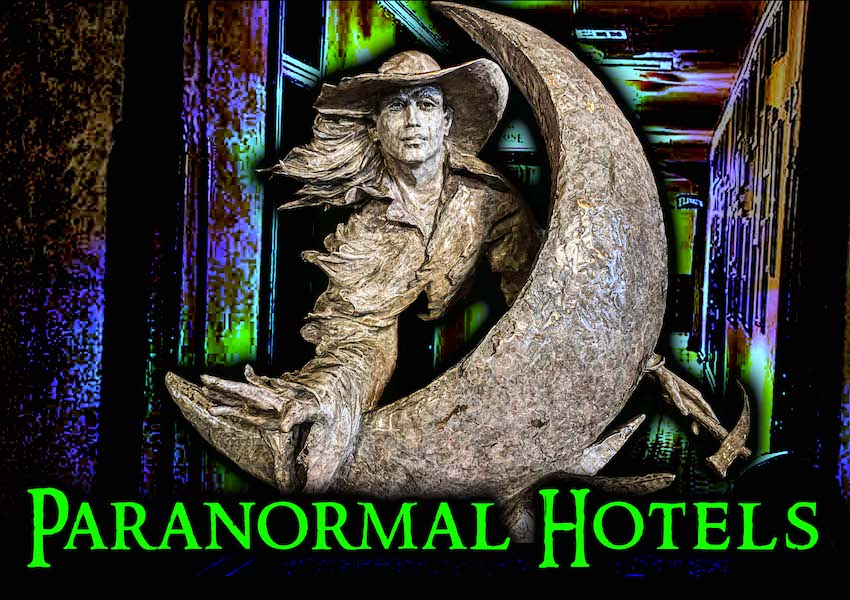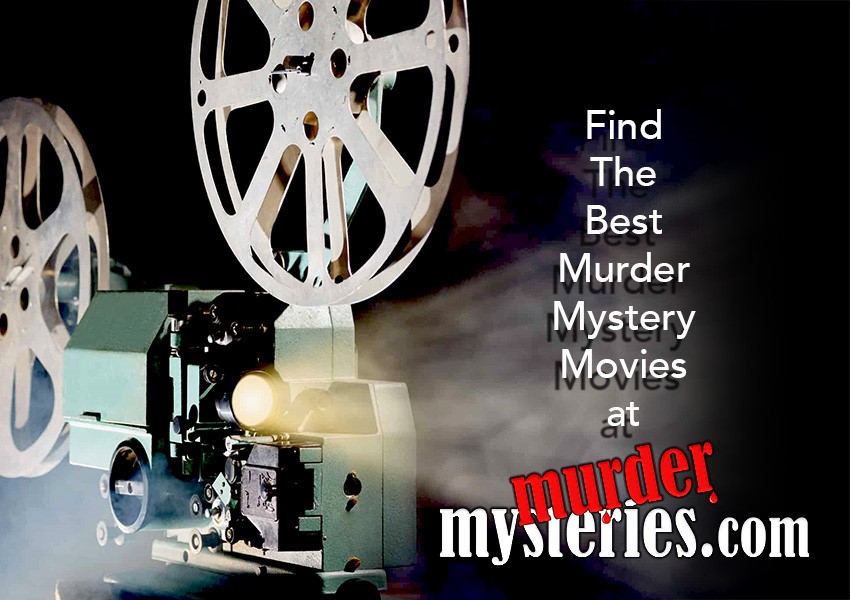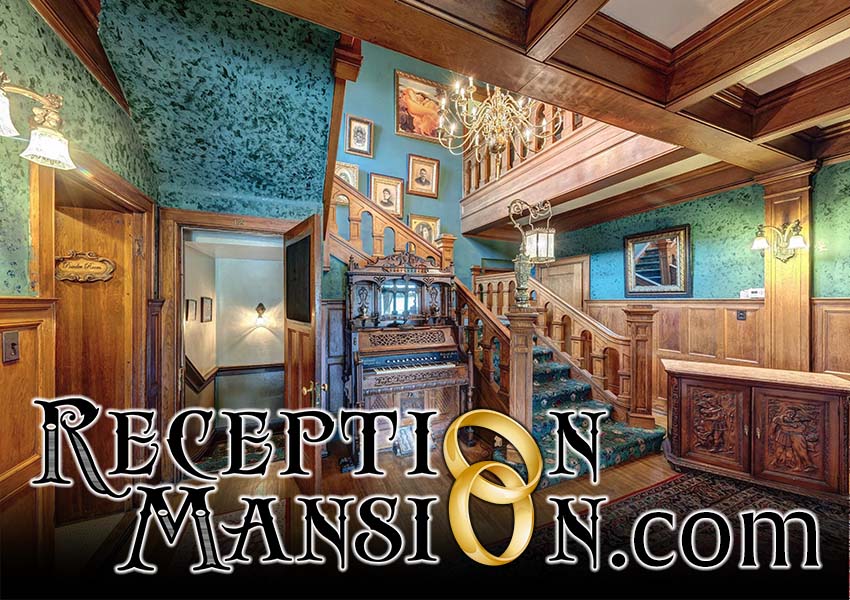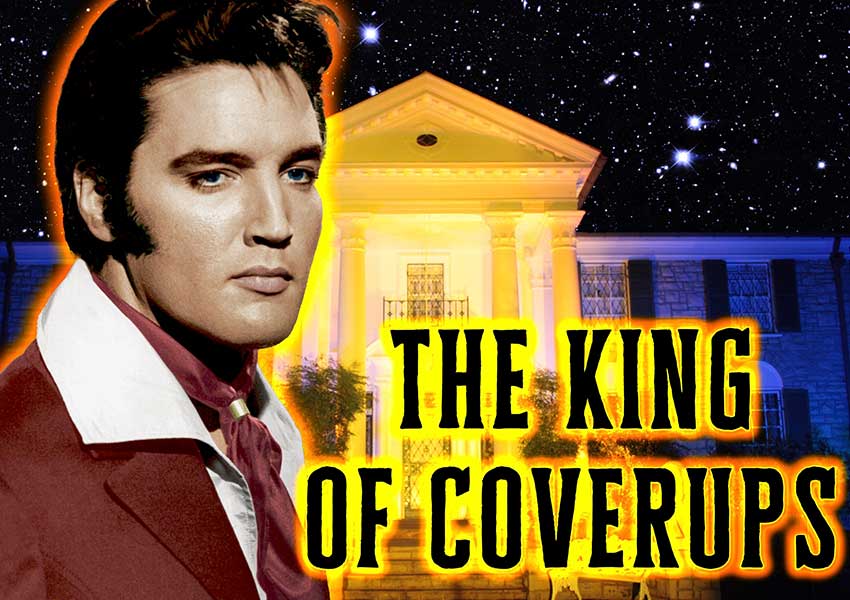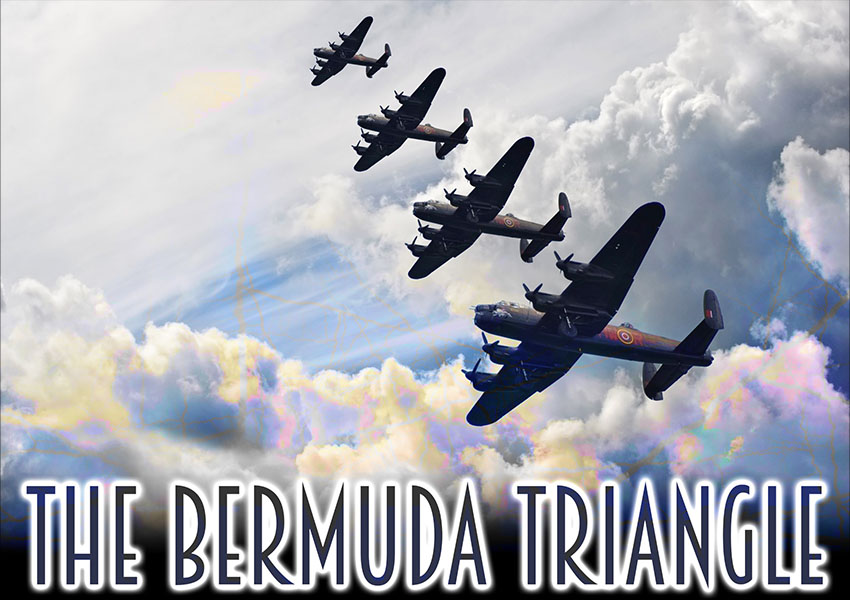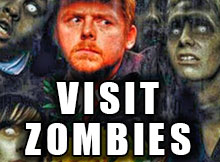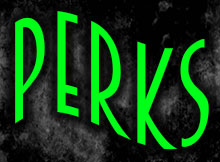Fort Bridger Wyoming
Fort Bridger
All the restored buildings and grounds are favorite places.
Spirit of a brave animal as well is still protecting.

DESCRIPTION
Fort Bridger is a well-kept Wyoming Historical Landmark and Museum, being preserved as a important display of Wyoming history. The visitor can see most of the buildings which stood throughout Fort Bridger’s long history. The purpose of preserving Fort Bridger is stated on their website: “Fort Bridger State Historic Site maintains and interprets historic structures and remnants from its 5 eras of occupation which include the Mountain Men, Mormons, Military, Milkbarn/ Motel and Museum.”
Fort Bridger is a huge Wyoming Historical Landmark that sits on its thirty-seven acres “with twenty-seven historic structures, four historic replica structures, and 6 modern structures.” Some natural sights you will find at Fort Bridger include the Groshon Creek that runs through the fort. Beautiful aspen groves, and many historic pines that existed when Fort Bridger was a U.S. Army Fort are still here.
On Labor Day Weekend, they have an interactive History fair that includes all the folks who lived here . How they lived, their special activities that visitors are invited to try: tomahawk throwing, dancing with native Americans, buy specialty goods from the set up booths, explore what Mormon life and Army life were like, etc. Sounds like a blast!
HISTORY
 Fort Bridger was built at a great location for a trading post. Location , location, location! Fort Bridger was near many trails that folks moving west would stop for supplies. The Oregon Trail, California Trail, Mormon Pioneer Trail, Pony Express Trail, Overland Trail, Cherokee Trail and Lincoln Highway all brought opportunities for commerce at Fort Bridger.
Fort Bridger was built at a great location for a trading post. Location , location, location! Fort Bridger was near many trails that folks moving west would stop for supplies. The Oregon Trail, California Trail, Mormon Pioneer Trail, Pony Express Trail, Overland Trail, Cherokee Trail and Lincoln Highway all brought opportunities for commerce at Fort Bridger.
This scenic spot where one finds Fort Bridger was described by an early traveler as an oasis, located in a “handsome and fertile” valley, because of its location near so many streams coming straight from the mountains.; not far from the Green River. This valley was the perfect place to stop and rest.
This garden spot of the west with its lush grass for cattle, watered by seven brooks of cold clean water, was first discovered in 1822, by a group of “adventurous young men” in search of places to trap beavers for the fur trade. One of these young men later on was killed by Sioux or Cheyenne Indians in a willow grove near the fork of the Green River. This fork was called Black’s Fork, after their slain friend.
In 1842, mountain man and trapper Jim Bridger remembered this location. He set up at first a fur trading post which flourished through a barter trade system with the local Indians. It officially opened in the summer of 1843, and was a prosperous enterprise for Jim Bridger. The trading post at first was made up of two or three adjoining log cabins with dirt roofs, a corral, and lodges inhabited by trappers, and their Shoshoni/Ute Indian wives and children.
 As folks began traveling on the Oregon Trail during The Gold Rush, and Mormons traveling toward Salt Lake City, the trading post expanded what it offered in the way of supplies and fresh horses and cattle, to replace worn out animals. Foot worn animals were bought at a low price, allowed to become strong again and sold at a higher price to replace other worn out animals. By 1846, the number of livestock were numerous, and business was booming.
As folks began traveling on the Oregon Trail during The Gold Rush, and Mormons traveling toward Salt Lake City, the trading post expanded what it offered in the way of supplies and fresh horses and cattle, to replace worn out animals. Foot worn animals were bought at a low price, allowed to become strong again and sold at a higher price to replace other worn out animals. By 1846, the number of livestock were numerous, and business was booming.
Other Indians in this part of the country were hostile. The Sioux and the Cheyenne were fierce warriors who would come by and try to steal livestock and would attack travelers and native people alike. Both the trading post and Jim Bridger himself offered some protection; a man who knew how the Indians perceived actions and people. Jim Bridger spoke several Indian languages, and was a valued resource for travelers and the military a like, in dealing with the Indians, preventing unnecessary violence and bringing understanding to all involved.
For example, he was hired to guide a surveying excursion, led by Howard Stansbury through Bridger’s Pass in 1850. Luckily, he was with them when the party ran into some hostile Ogalalas Indians. Jim Bridger was able to talk the Indians out of their hostile mood through “his outstanding use of sign language.” Bridger also was an integral part of the Fort Laramie treaty council in 1851, acting as savvy interpreter. The military commanders who occupied the fort relied on Jim Bridger for his knowledge and advice in the opening efforts in battling the Sioux Indians.
 The Mormons at first leased the fort grounds in the early 1850s for a brief period from Jim Bridger, who still ran the trading post. By the mid-1850s, Jim Bridger sold his land and operation to the Mormons, perhaps because he was given an offer he couldn’t refuse. The Mormons briefly took possession of the fort, improved its security by building 18 ft. cobbled walls to enclose it. They also built more sturdy and better looking homes, bringing a more civilized look to Fort Bridger.
The Mormons at first leased the fort grounds in the early 1850s for a brief period from Jim Bridger, who still ran the trading post. By the mid-1850s, Jim Bridger sold his land and operation to the Mormons, perhaps because he was given an offer he couldn’t refuse. The Mormons briefly took possession of the fort, improved its security by building 18 ft. cobbled walls to enclose it. They also built more sturdy and better looking homes, bringing a more civilized look to Fort Bridger.
During the year of 1857, Mormons flirted briefly with the idea of leaving the union, and what was called “The Mormon Wars” began for a short time. These wars consisted of malicious mischief and stealing supplies; Not actual shooting and killing by these Mormon raiders. As they left the fort, right before U. S, troops moved in 1857, the Mormons attempted to burn everything, even trying to set fire to the area grasses, which didn’t work. They were not good at mayhem.
American troops came to Fort Bridger and moved in, setting up a military fort. Off and on, from 1857-1890, Federal troops occupied this fort, making improvements throughout the years when they were stationed here, turning it into a proper military fort, complete with improved fortification. Nice wood plank homes with stone and lime for fireplaces and chimneys.
Sun-dried bricks were made by enlisted men to build 1000 soldiers’ quarters for winter. They were well armed with “30 pieces of artillery, 24 pieces of light artillery, nine and twelve pounders, six pieces of heavy twenty-four and thirty two pounders all brass guns.” (Private C.E Gould)
By 1890, the military moved out for good. In 1933, Fort Bridger and its grounds were dedicated as a Wyoming Historical Landmark and Museum, which explains why this historic spot is in such great shape today. One can see most of the buildings which stood throughout Fort Bridger’s long history.
HISTORY OF MANIFESTATIONS
 Over its long history, many people grew attached to this lovely oasis, and worked hard to improve and change Fort Bridger to meet their particular needs. Many spirits seem not ready to pass over to the other side just yet, and choose to stay in this lovely spot in western Wyoming, perhaps to remember all their good times.
Over its long history, many people grew attached to this lovely oasis, and worked hard to improve and change Fort Bridger to meet their particular needs. Many spirits seem not ready to pass over to the other side just yet, and choose to stay in this lovely spot in western Wyoming, perhaps to remember all their good times.
Some may have succumbed to illness and disease, accidents or natural death from old age. Spirit of an elderly man still finds things to look at, as he remembers.
People who die unexpectedly, in a violent attack are sometimes not willing to accept that they no longer are alive; wanting their life back; perhaps mourning their demise and are sometimes restless if their lives were taken from them. People who lived at Fort Bridger died unexpectedly in the common Indian attacks, or at the hands of another while fighting in battles.
Non-military former residents now in spirit form keep busy. Their apparitions are noticed mostly by Park Staff, going about their business.
Soldiers who die in battle, sometimes like to stay where they were last stationed. Perhaps they stick around because they died before they could finish their work and responsibilities in this world; such as their tour of duty or still had quite a to-do list when they suddenly died. Perhaps they had suffered an emotional, painful incident before expiring.
Spirits of soldiers who were stationed here and must of died in service find ways to amuse themselves. The living may be a source of their amusement.
Entities of animals who don’t know they are dead also still call the place in this world their home. A spirit dog is still doing what he did while alive.
MANIFESTATIONS
Staff and visitors have had experiences with the spirits who reside there; either seeing them, seeing their actions or perhaps even communicating with them.
Paranormal Activity
All of the restored buildings on this historic site are popular with entities of the people who once worked and lived here.
Staff and visitors have seen shadowy forms, and apparitions.
Most of the buildings which were used by soldiers and officers a like, have their own spectral inhabitants.
In the stone building/ former barracks and a milking barn, which is now home to the museum, an entity or two entertain themselves by playing with the copy machines, and other electrical devices.
Some people who work in the museum probably have had experiences with them.
One or more animal entities
The known entity of a focused, loyal, probably military dog has been spotted running around on patrol, ever on duty.
The dog was decorated with a medal for heroism after saving someone’s youngster from a certain death.
Fort Bridger Cemetery
There is an old male entity; a military man, who is seen inspecting the graves, perhaps reminiscing about the past, reliving old joys and sorrows.
A male spirit has been waiting in the cemetery. When his wife died, he disappeared, and wasn’t seen again.
STILL HAUNTED?
Most Probably So. While there is no hard evidence, there are many witnesses among visitors and staff who have reported the above manifestations. A large amount of historic places like Forts have spirits still residing there.
LOCATION
Box 35
Fort Bridger, Wyoming 82601
(307) 782-3842
Fort Bridger State Historic Site can be found off of Interstate Highway 80 West, near Lyman, in the Black’s Fork area, near the Green River, in what is now Uinta County. Take Exit 34 then travel approximately 3 miles south of Evanston, Wyoming.
SOURCES INCLUDE
- wyoparks.state.wy.us/index.php
- https://y95country.com/haunted-307-fort-bridger-state-historic-site-in-fort-bridger/
- carpenoctem.tv
- wyoparks.state.wy.us
- muskingum.edu
- xroads.virginia.edu
- myufo.com
Our Haunted Paranormal Stories are Written by Julie Carr
Our Photos are copyrighted by Tom Carr
Visit the memorable… Milwaukee Haunted Hotel
Your Paranormal Road Trip
VIDEOS TO VISIT…
Ghost Towns and More | Episode 14 | Fort Bridger, Wyoming
Ghost hunt: Fort Bridger Wyoming! Are spirits real?
Ft Bridger Hist Site | WHAT IS IN THE CLOSET? | What Opened That Cabinet Door? | Man Touches Andrea!
Kind of a Nice Calming investigation at Fort Bridger!
Fort Bridger State Historic Site






























